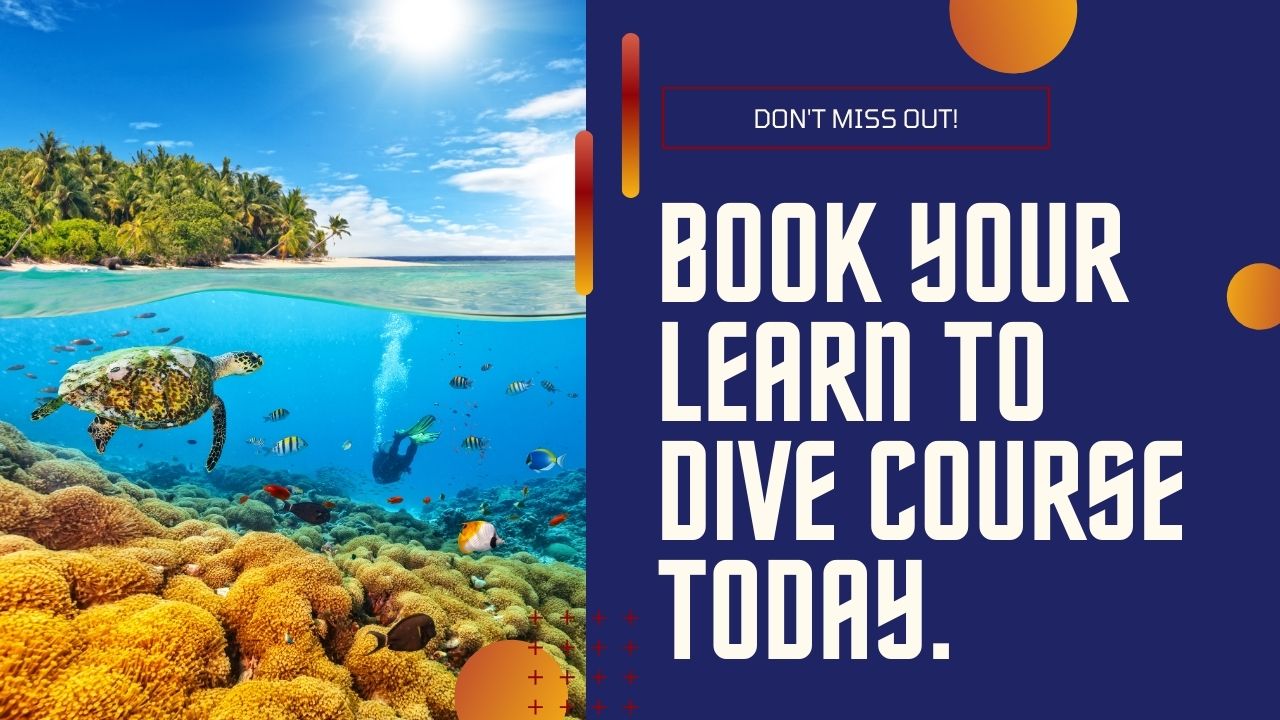You have 0 product(s) in your cart.
Abyss Scuba Diving
What You Can Expect From Your First Scuba Diving Course
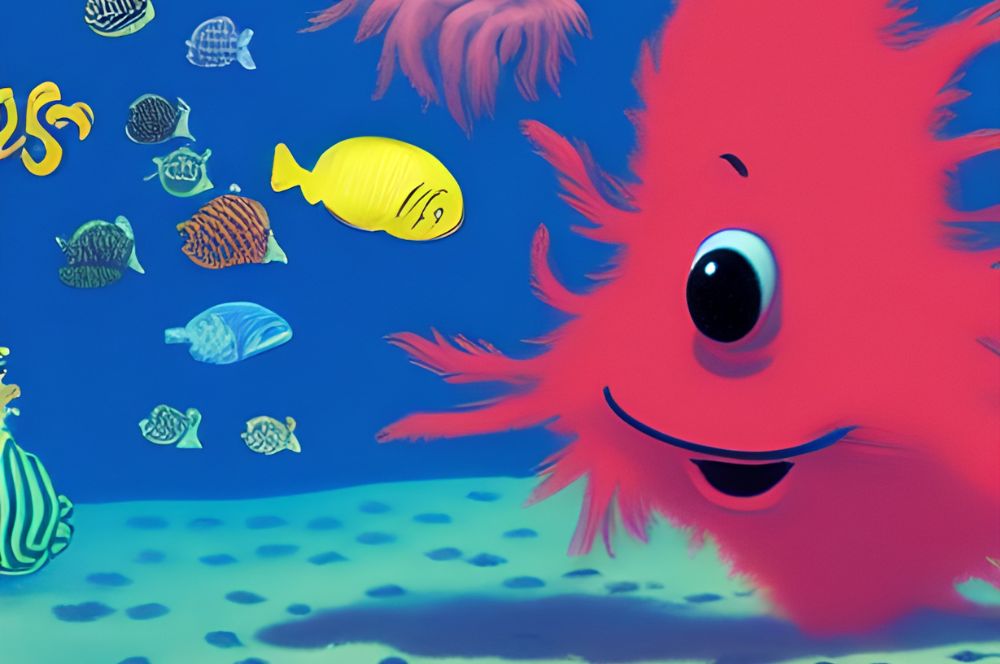
Swimming with the Fishes: What You Can Expect From Your First Scuba Diving Course
When you take your first scuba diving course, there are a few things that you can expect. First, your instructor will take you through the safety steps you must master before venturing into open water. You'll learn how to breathe through a regulator and stay safe underwater. Divers who have done their research may have read about the silent, relaxing world beneath the surface - but this description is not entirely accurate. Breathing underwater generates significant noise, and most masks cut off your peripheral vision. At first, this restriction may make some divers feel claustrophobic. But one of the best parts of scuba diving is the feeling of weightlessness - you can fly up, down, left and right!
The Safety Steps You Must Master
Before you can venture out into the open ocean depths, you must first learn the safety steps to keep you safe while swimming with the fish. This process begins with mastering breathing through a scuba regulator and ends with learning how to fly in all directions while weightless. While this may seem like a lot to learn, your scuba diving instructors will guide you through each step in a way that is easy to understand.
PADI eLearning builds Confidence and Understanding before entering the water

With PADI eLearning, you can complete your studying from home, at your own pace, and at times that suit you. This is the studying component of the course in which you learn the theory of diving, the effects of pressure, how to communicate underwater, the role of scuba divers in marine and ocean conservation, oceanic eco-systems, tides, currents, diving skills, safety, equipment and a whole lot more. This might sound overwhelming, but it's not. Because the theory is broken down into manageable-sized sessions, accompanied by videos and visual aids, it's easy and fun!
So why is it important to have confidence and understanding before venturing into the water? Because diving can be dangerous if you do not take the necessary precautions. By learning the safety steps and understanding the theory behind diving, you will be prepared for anything that comes your way while on your dive trip. And that is one of the most important things to remember when scuba diving: always be prepared.
Scuba Diving is Taught in Baby Steps
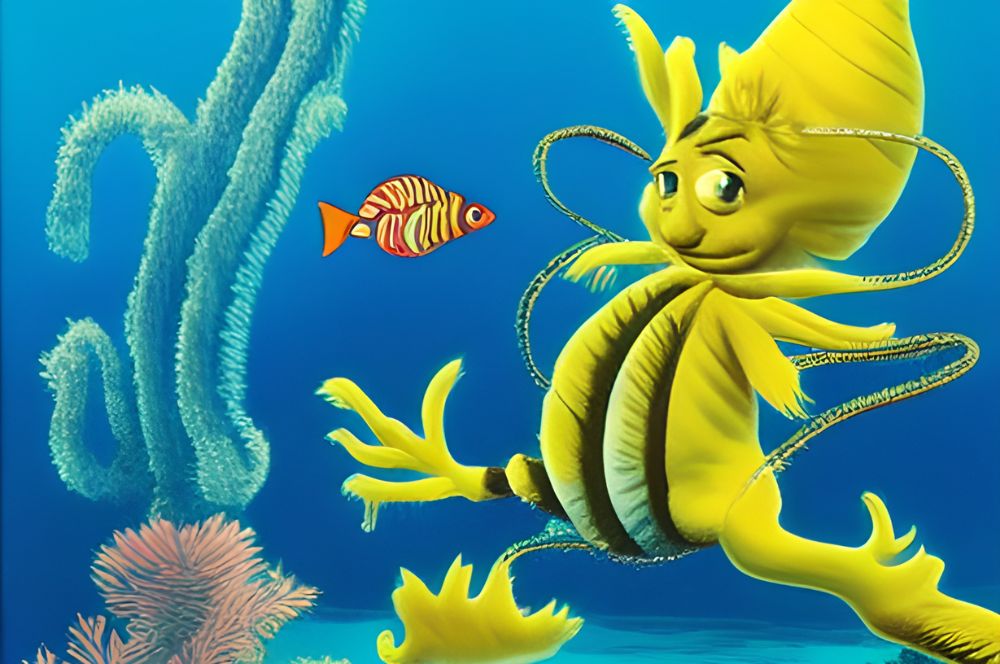 The process of learning to scuba dive is taken in baby steps. This means that you will never be asked to do something you are not comfortable with and that your safety is always the number one priority. The first step in learning to scuba dive is completing the PADI eLearning course. Once you have finished the online course, you will move on to the next step, attending a pool session.
The process of learning to scuba dive is taken in baby steps. This means that you will never be asked to do something you are not comfortable with and that your safety is always the number one priority. The first step in learning to scuba dive is completing the PADI eLearning course. Once you have finished the online course, you will move on to the next step, attending a pool session.
A pool session is where you will put all the theories you have learned into practice. You will start by getting used to breathing through a scuba regulator and then progress on swimming around in the water while wearing all of your diving gear. These sessions are designed to get you comfortable in the water and with helping you master the skills you will need to scuba dive safely.
Learning to Breathe Through a Regulator
The first step in learning to scuba dive is getting comfortable breathing through a scuba regulator. This may seem strange at first, but it is something that you will get used to quickly. One trick is for students to put on their dive masks and practice breathing through the regulator above the water until they become comfortable with mouth-only breathing. Then, they lower their faces into the water while exhaling fully through the regulator.
The most important thing is to exhale fully after each breath. This practice prevents divers from hyperventilating, leading to serious underwater problems. Once you feel comfortable breathing through the regulator, you will be ready to move on to the next step in learning to scuba dive.
Swimming Around in the Water
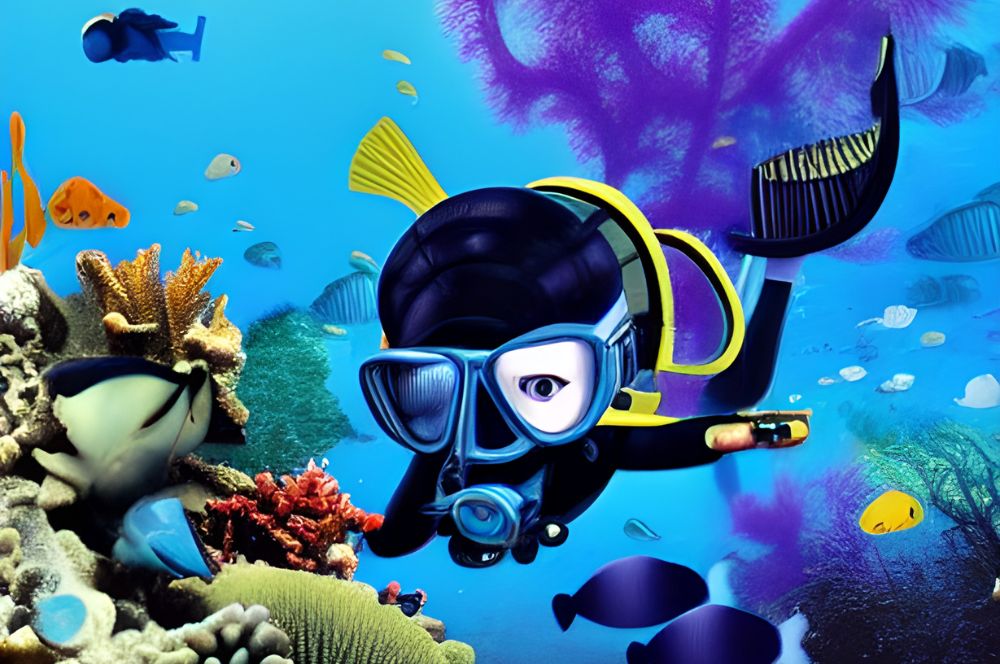 The next step in learning to scuba dive is swimming around in the water while wearing all of your diving gear. This includes your dive mask, fins, snorkel, and wet suit. You will also have an oxygen tank that is connected to your regulator. The first time you put on all this gear and jump into the water, it may feel strange. But don't worry, you will quickly get used to it.
The next step in learning to scuba dive is swimming around in the water while wearing all of your diving gear. This includes your dive mask, fins, snorkel, and wet suit. You will also have an oxygen tank that is connected to your regulator. The first time you put on all this gear and jump into the water, it may feel strange. But don't worry, you will quickly get used to it.
One of the best things about scuba diving is that you can explore the underwater world in a way impossible with any other sport. There are so many different things to see and so many different places to go. But before you can start exploring, you need to master the basics of scuba diving. Once you have done that, the world is your oyster!
Is it Silent Under Water?
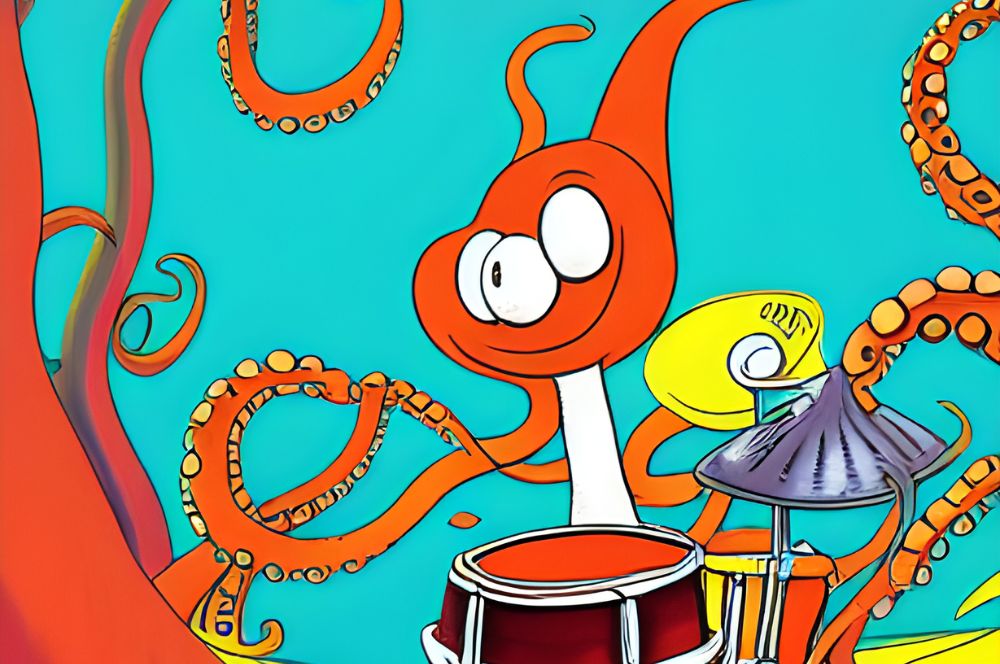
One of the things you'll notice when you're first scuba diving is how noise underwater. Even though it's relatively silent compared to land, noise sources are generated by your breathing and exhalation. Usually, divers become accustomed to these sounds and tune them out after a while. But at first, they can be pretty loud and surprising!
Another thing to remember is that it can be challenging to pinpoint the source of a particular sound underwater. This is because sound waves travel differently underwater than they do on land. So even though it may seem like noise is coming from behind you, it could be from anywhere!
The Underwater World is Bigger Than Life
Have you ever felt like the world is just too big? Is everything just too far away? If so, then diving is the perfect activity for you! When you're underwater, objects appear about 33 per cent closer than they are. This means that your dive buddy, instructor, the floor, the surface, and every other thing seem nearer than they are. Most experienced divers don't even notice the magnification because a diver's brain quickly learns to adjust to the difference. An excellent way to speed up the learning process is to touch objects such as the pool floor, pool wall, or your dive buddy. This technique will teach you how distant these objects are.
The Weightlessness of Diving
Scuba diving gives you the sensation of weightlessness, making it feel like you can fly in any direction. This is possible because divers can move quickly through three dimensions underwater. The key to relaxing into this experience is to let the water support your buoyancy and not fight against the natural flow of the current. When first experiencing weightlessness, many new divers think they must continuously move their bodies to stay afloat, but that isn't necessary. Instead, try remaining perfectly still and revel in being unbound by gravity...just like an astronaut! So dive right in and explore all that scuba diving has to offer!
The world in slow motion
Underwater, everything happens in slow motion. Every movement is met with resistance from the water, and it can be easy to exhaust oneself if one tries to move too quickly. It takes a bit of getting used to, but once you do, underwater movements become an exercise in forced relaxation. It's almost like you're in the Matrix!
The Best Part of Scuba Diving!
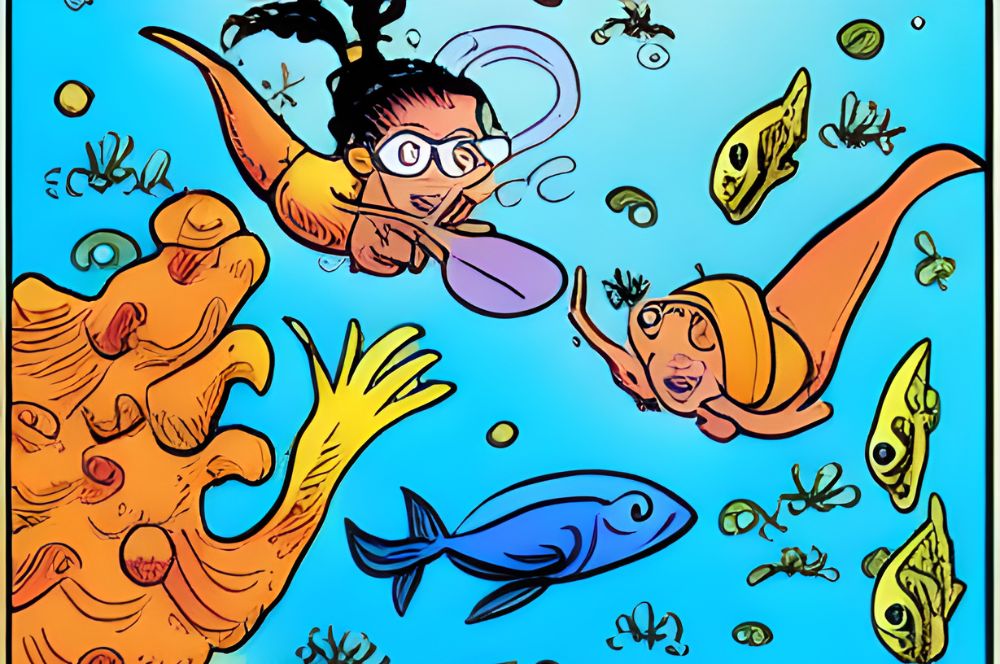
After completing a few pool sessions, you will move on to diving in the open water. This is where you will put all of your skills to the test and experience the beauty of the underwater world. Diving in the open water is a fantastic experience that everyone should try at least once in their lifetime.
One of the best things about scuba diving is seeing many different types of fish and other marine life. The colours are so vibrant, and the sponge gardens are so beautiful. You will also have the chance to swim through caves, shipwrecks, and other fascinating underwater features. Scuba diving is truly a unique experience that you will never forget.
So what are you waiting for? Get out there and start exploring the underwater world!
RELATED POSTS
-
5 Top Fears Before Your First Dive
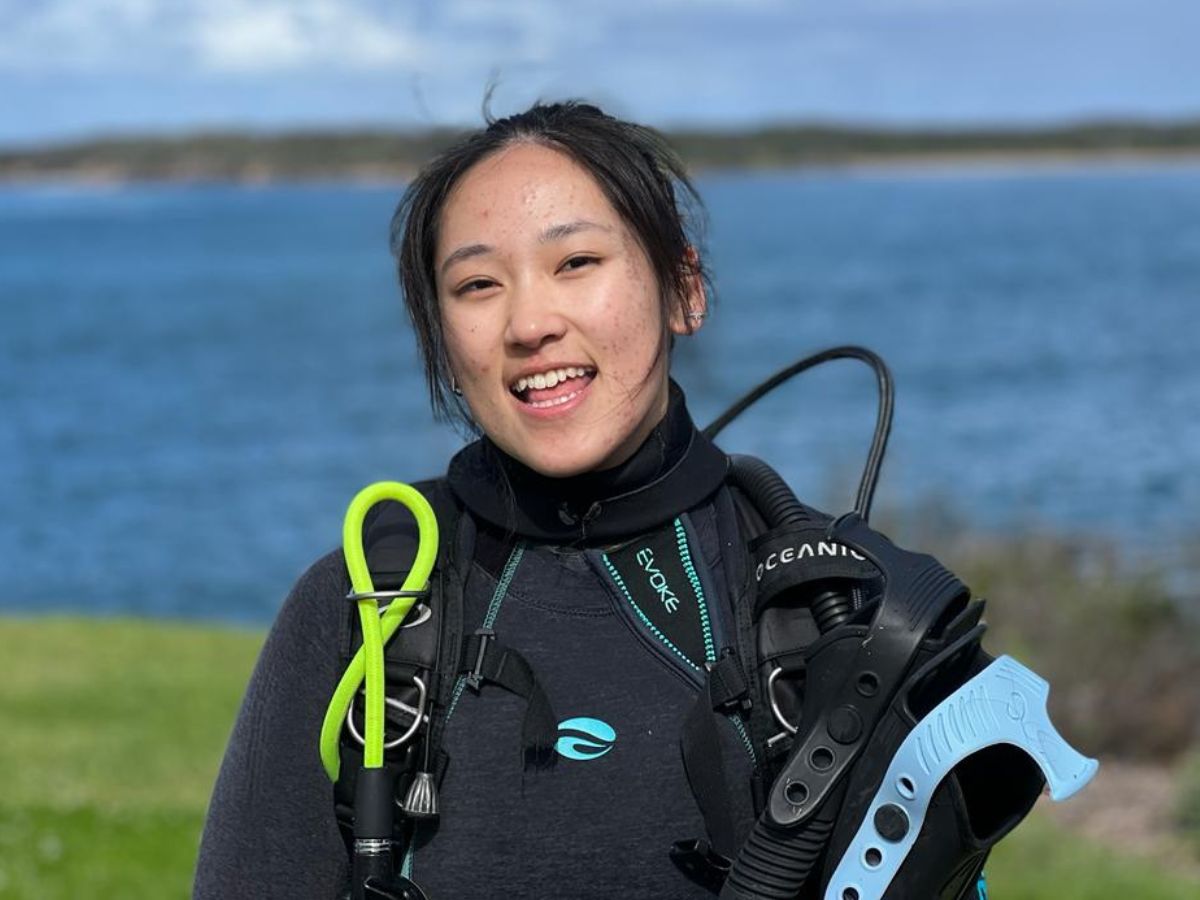
5 Top Fears Before…
5 Top Fears People Experience Before Their First Dive Diving is perhaps the most exciting and exhilarating […] -
Learn to dive during this seal season…
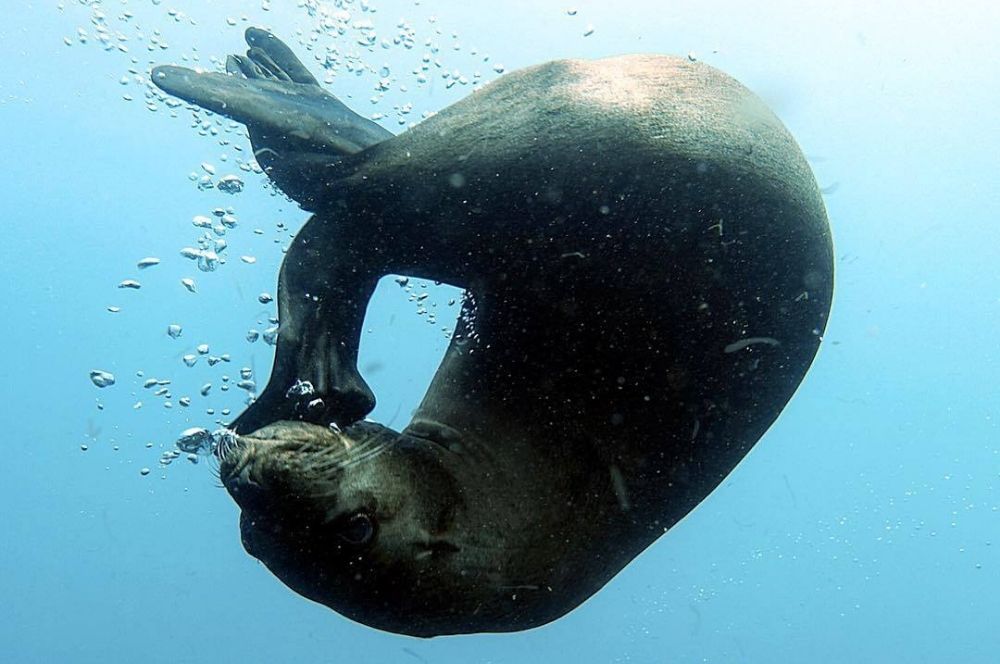
Learn to dive during…
Learn to Dive During this Seal Season and Get a Free Bonus Seal Dive. Scuba Diving with Seals is an Amazing […] -
What Will I See While Learning to Dive…
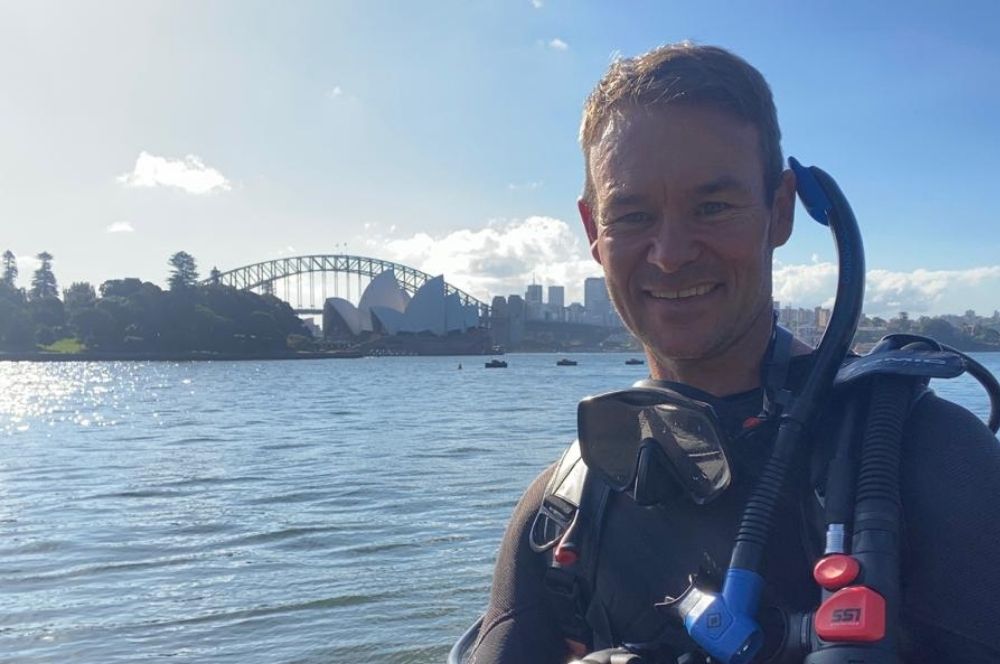
What Will I See While…
What Will I See While Learning to Dive in Sydney? Are you interested in learning to scuba dive and […] -
Can I learn to dive by myself, or do…
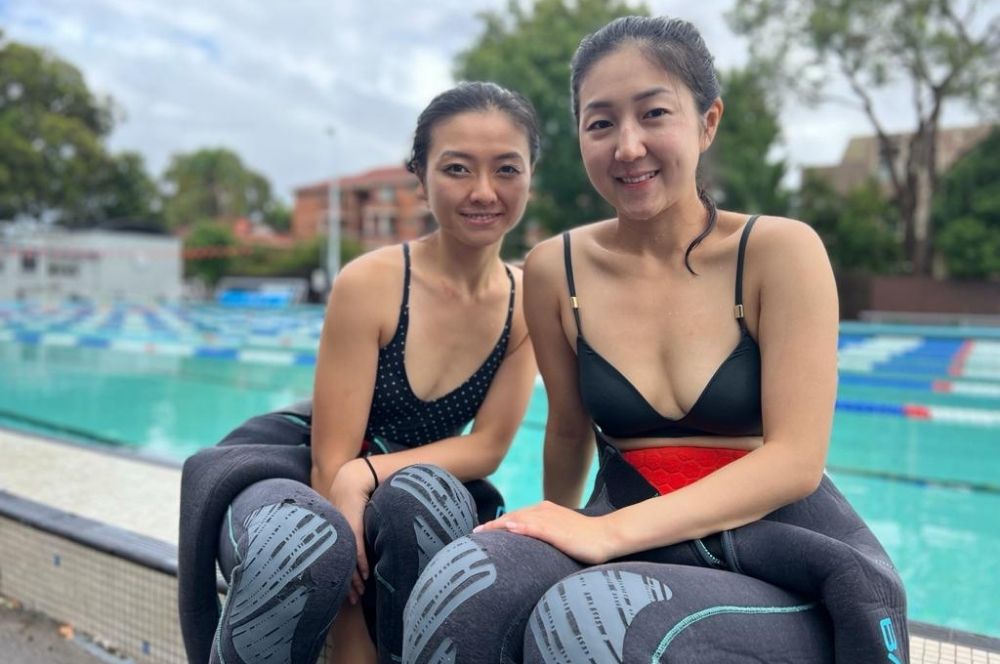
Can I learn to dive…
Can I learn to dive by myself, or do I need a friend? If you want to learn to dive, you will need […]
Recent Posts
